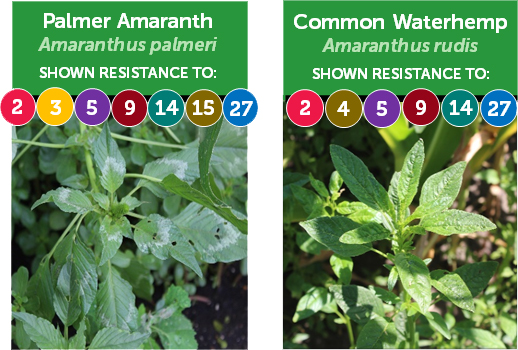Warm Winter Brings Corn Flea Beetle Threat, Increased Risk Of Stewart’s Wilt
Ohio grain farmers should take extra precaution this spring to scout their fields as the near-record warm winter is expected to cause a severe infestation of corn flea beetle, says an Ohio State University Extension entomologist.
Insects such as the corn flea beetle will likely be seen earlier than normal this year, said Ron Hammond, who also has an appointment with the Ohio Agricultural Research and Development Center.
Corn flea beetle targets both sweet and field corn and spreads the bacterium that causes Stewart’s bacterial wilt and leaf blight. Adult beetles that overwinter become active in the spring when the soil temperature reaches 65 degrees and are most active on sunny, warm, windless days, Hammond said.
“Those adults that fed on corn plants with Stewart’s disease in the previous late summer or fall may acquire and carry the bacterium from one growing season to another,” Hammond said. “By feeding on young plants in the spring, they may spread the bacterium, which in turn causes seedling wilt and leaf blight.
“The occurrence of Stewart’s bacterial disease is totally dependent on the level of bacteria-carrying flea beetle survival over the winter.”
Higher populations of the flea beetle survive during mild winters than during cold winters, he said.
This winter is the warmest experienced nationwide since 2000 and the fourth-warmest on record, according to the National Oceanic and Atmospheric Administration. This was because the jet stream, which divides the cold air to the north from the warm air to the south, settled at a much higher latitude this year.
Using a “flea beetle index” that calculates the average sum temperature of December, January and February to predict the likelihood of the disease threat, OSU Extension researchers have found that all areas of the state have indexes above 100, suggesting that risk is severe for the pest this year.
As a result, crop growers should scout their fields for flea beetles, especially if they have planted a hybrid that is susceptible to Stewart’s disease, Hammond said. Farmers can mitigate the damage if they scout their fields earlier and with more tenacity, he said.
“We recommend that growers scout, scout, scout,” Hammond said. “Growers need to be out in their fields to be aware of the insects they’re dealing with and pay more attention this year, especially in the crop rows, because more insects may be waiting for crops to come out of the ground.”
Normally, Hammond would recommend that growers wanting to take preventive action against flea beetles use a commercially applied insecticide seed treatment labeled for the insect, but most field corn planted these days, including all transgenic hybrids, already comes with an insecticide seed treatment applied.
“Thus, it is mostly non-transgenic corn that might need to be treated specifically for this concern,” he said. “Also, most field corn hybrids are more resistant to wilt than sweet corn, with dent corn hybrids varying greatly in their resistance to the leaf blight stage phase of the disease.
“All sweet corn varieties are susceptible to wilt in the first leaf stage. A few are resistant by the second leaf stage and many are resistant in the third and fourth leaf stage. Consult your seed supplier for information on resistant varieties and hybrids.”
But while the warmer temperatures this winter might allow for an increase in corn flea beetle numbers, that doesn’t automatically result in higher incidence of Stewart’s, OSU Extension researchers caution.
The surviving flea beetles need to be carrying the bacterium in order to infect plants in the spring. In order for them to acquire the bacterium, they needed to feed on diseased plants last season. So with the level of Stewart’s disease being low during 2011, it is quite possible that beetles, even if they survived due to the mild winter, might not be carrying the bacterium, researchers said.






